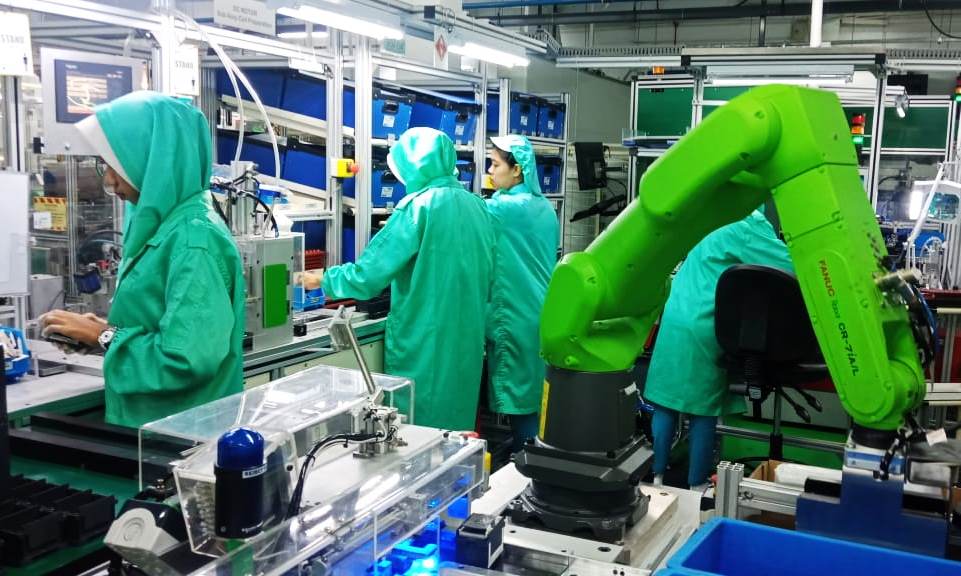In the first nine months of 2023, the manufacturing industry in Indonesia grew 4.8%, compared to the same period in 2022, according to information from the Indonesian government.
This was due to 4.8% growth in manufacturing industries other than coal, oil and gas and 5.8% growth. in the coal, oil and gas refining industry, each compared to the first same period of 2022.
The 4.8% growth in the oil and gas manufacturing industries other than coal was mainly driven by: a 4.4% growth in the food and beverage industries due mostly to increased production of crude palm oil and crude palm kernel oil and increased consumption during festive occasions such as Eid al-Fitr and Eid al-Adha.
Manufacturing
It was also the result of a 14.6% rise in the metal articles, computer, electronics, optics and electrical equipment industry; an 11.4% increase in the transportation equipment industry due mainly to high domestic and international demand, particularly for environmentally friendly electric vehicles; and a 12.5% advance in the basic metals industry, mainly due to higher exports of basic steel and ferronickel products.
Indonesia’s major manufacturing industries include food and beverages, coal and refined petroleum products, fabricated metal products, computer, electronic and optical products, and electrical equipment.
Other important manufacturing industries include transportation equipment and chemical, pharmaceutical and botanical products. Manufacturing has been the largest contributor to economic growth since the 1980s. The manufacturing sector consists of the subsectors of coal and oil and gas refining and oil and gas manufacturing industries other than coal.
Economic Profile
Indonesia has a balanced and diversified economy. The main challenges currently facing Indonesia’s economy include uncertainty regarding global economic recovery and commodity prices, which are crucial factors in determining the Republic’s export performance.
Domestically, factors affecting the economy include population growth and job creation, the country’s progress in implementing its infrastructure programs, maintaining relatively stable and low inflation, and balancing domestic budgetary pressures with the external debt service burden.

